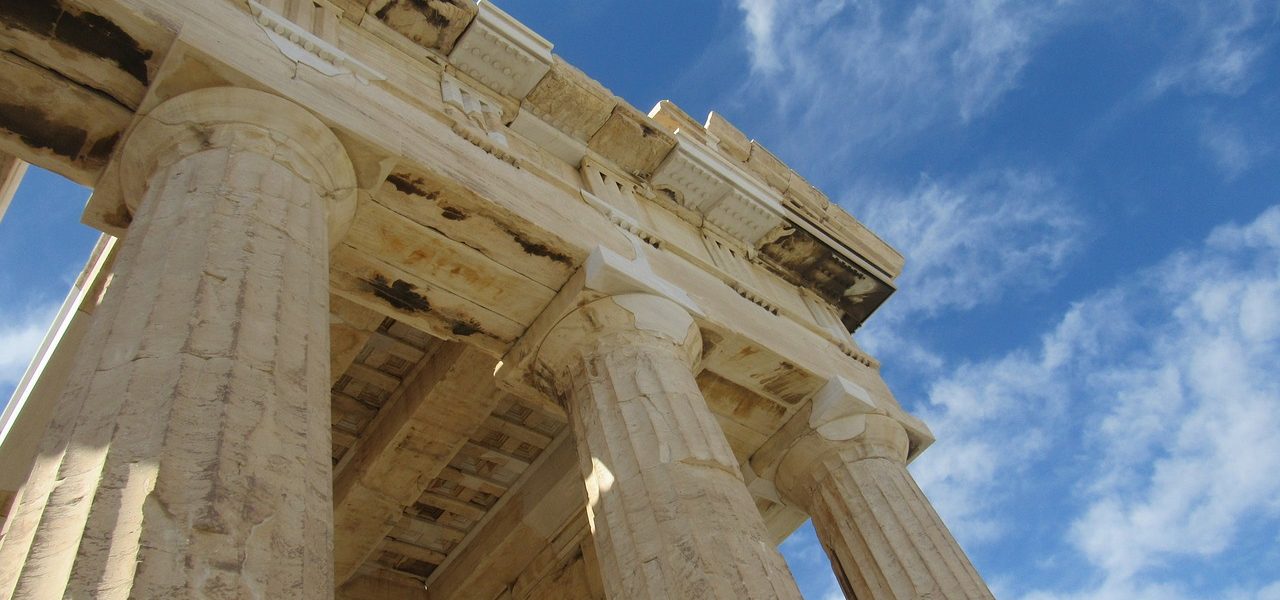Home › Forums › Modern Europe › Identify this image
- This topic has 5 voices and 27 replies.
-
AuthorPosts
-
 PhidippidesKeymaster
PhidippidesKeymasterAlright Donnie (and others who would like to participate): identify who any of these figures are in this painting (painted in the mid-19th century), and what is taking place here.
DonaldBaker
ParticipantIs this a scene depicting a young Jesus with Mary in Joseph's work shop? Would the other young men be James and Jude his brothers? I don't know who the other person is in the red cloak. If it's not them, I'm stumped.
 skiguyModerator
skiguyModeratorJesus's hand looks like it is already pierced or wounded and the others are attending to him. The little boy holding the bowl of water is interesting symbolism.Is iconography similar to symbolism?
 PhidippidesKeymaster
PhidippidesKeymasterYes, iconographic analysis is understanding images by means of the symbolic elements contained in them. I will ask you guys, though, why do you think this is a scene of the young Jesus in Joseph's workshop? Why is this not simply a family in a workshop?
 skiguyModerator
skiguyModeratorBecause there's a lot of religious symbolism in the painting? The boy with the bowl is John the Baptist, the ladder against the wall (Jacob's ladder?), but I think mainly it's because of Jesus's hand. Do art movements coincide with literature? If so this was the Realism period which showed people in their natural settings without the sensationalism shown in the Romantic period.
 PhidippidesKeymaster
PhidippidesKeymasterBecause there's a lot of religious symbolism in the painting? The boy with the bowl is John the Baptist, the ladder against the wall (Jacob's ladder?), but I think mainly it's because of Jesus's hand. Do art movements coincide with literature? If so this was the Realism period which showed people in their natural settings without the sensationalism shown in the Romantic period.
I guess what I'm asking is why you think those figures are who you think they are. Why do you think this is symbolic in the first place? And if I told you the painter was an African tribal member, would you think this was still a symbolic painting? So the painter is not an African tribal member (to my knowledge), but the point still stands.
 skiguyModerator
skiguyModeratorI do not know how to answer those questions. I just call it as I see it, man.
 PhidippidesKeymaster
PhidippidesKeymasterI do not know how to answer those questions. I just call it as I see it, man.
Ha, I didn't mean to put you through the ringer on this one. ;D I think the answer is basically that we have a “code” by which we understand the painting and within this code are certain symbolic elements. Who are “we”? Western civilization, something like that. This is why if someone who was unfamiliar with the code might not know how the symbolic elements that you pointed out. A dude from the Brazilian rainforest, for example, would recognize the painting as containing figures and perhaps what was going on, but might not understand it as a religious painting.I agree with you that it looks like the figure in the middle is Christ and the woman Mary. How do we know? As you pointed out there is a wound in the hand (obviously wasn't there until the Crucifixion), which seems to prefigure Christ's future Passion. The woman next to him, presumably a mother, is wearing blue. Blue was the traditional color used for Mary since the 15th century, when an expensive blue dye made from lapis lazuli was reserved for important uses, such as on Mary's cloak and other selected elements of paintings. The boy on the right does seem to be St. John the Baptist, due to the water he carries as a prefiguration of his role as a baptizer. Also, his lack of shirt (and possible furry pants suggest as much). It also appears that the man in red is St. Joseph, due to his traditional role as carpenter and his attention paid to Christ. It's a little hard to tell who the figures on the left, but the person toward the middle is touching some type of tool which might indicate her identity (though the image isn't good enough for me to know what this is).Often the title of the painting is also a way to understand symbolism. I can't seem to find the original so I don't have a title for this particular one just yet. I'll have to get back to you on that. 🙂
 skiguyModerator
skiguyModeratorDoes the veil on Mary mean something? And what about Joseph wearing a red shirt? Looking closer, is that a dove on the ladder and it does look like the pliers(?) on the table have a part of a nail. So someone removed it. My guess as to the woman in the back, it's Elizabeth (John the Baptist's mother I think) but I don't think she was part of the group who removed Jesus from the cross, so it may not be her. This painting is filled with Christian symbolism!(trying to figure out if the landscape in the background carries any meaning. I thought the style of doing that was from a much earlier period)
 cadremumParticipant
cadremumParticipanthttp://images.google.com/imgres?imgurl=http://i157.photobucket.com/albums/t68/earthly-paradise/800px-Millais_-_Sir John Everett Millais, 1850Loaded with symbolism, non conanical texts, Gospel of Thomas, The Infancy of Jesus, scholars note a change in Jesus' behavior, which seems less than compassionate as a young boy.The last time we hear of Joseph is en route to Jerusalem for passover when Jesus is about 12 yrs old. His parents are aware of his abilities, this is where Jesus famously instructs the High Priests on scrpture
 cadremumParticipant
cadremumParticipanthttp://www.theearthlyparadise.com/2008/07/christ-in-house-of-his-parents-sir-john.htmlSorry above link is good, the preceeding, not so much.
 PhidippidesKeymaster
PhidippidesKeymasterI just saw that same link with the description to the painting and was going to link to it….but you beat me to it. 🙂 Not all paintings are going to contain this much symbolism, but Christian artwork has a long tradition upon which to draw from so it's more prevalent there. Millais was one of the Pre-Raphaelites, a group of painters of Christian subjects in the 19th century. I'm not sure if the veil on Mary's head has any special meaning (she was traditionally depicted with a veil), and I don't know if St. Joseph had a particular connection to the color red. But that blog link contains information on some of the other neat elements, such as the cross shape formed by the vertical crack in the wall and the horizontal saw handle. I hadn't noticed that at first. With some artwork the references are even more subtle or difficult to understand.
 cadremumParticipant
cadremumParticipantI was very curious since I had never seen the painting before, so thank you because I enjoyed seeing it. ;DThe veil is defining a ” ghost role” in a complex society, not overly stated but it represents the feelings of a community. Mary is under male protection, she is valued although she does not hold a dominant position in society, she does in the household.The color red, I have to wonder, if it is Sir John Everett's sense of the symbolism we need to look at?Romans at the time of Christ would have associated red with love and fertility, brides were traditionally wrapped in a red/orange veil “the flammeum”. I have no reason to think that a Hebrew carpenter would be wearing red, even though the family may have been more than simple folk, I cannot see a context for a Jew to wear red. Please correct me. In the time of Anglo Saxons, red protects against evil , trees, warriors, weapons and animals were painted red to endow them with magical properties.This is gleaned from “Encyclopedia of Signs & Symbols” by Mark O' Connel and Raje Airey
DonaldBaker
ParticipantI didn't notice the pierced hand and I never thought of John the Baptist by associating the bowl of water. I guess I should have looked a little harder for those details.
 cadremumParticipant
cadremumParticipanthttp://www.ou.org/torah/frankel/5759/chukbalak59.htmsome Jewish perspective on the color red.
-
AuthorPosts


